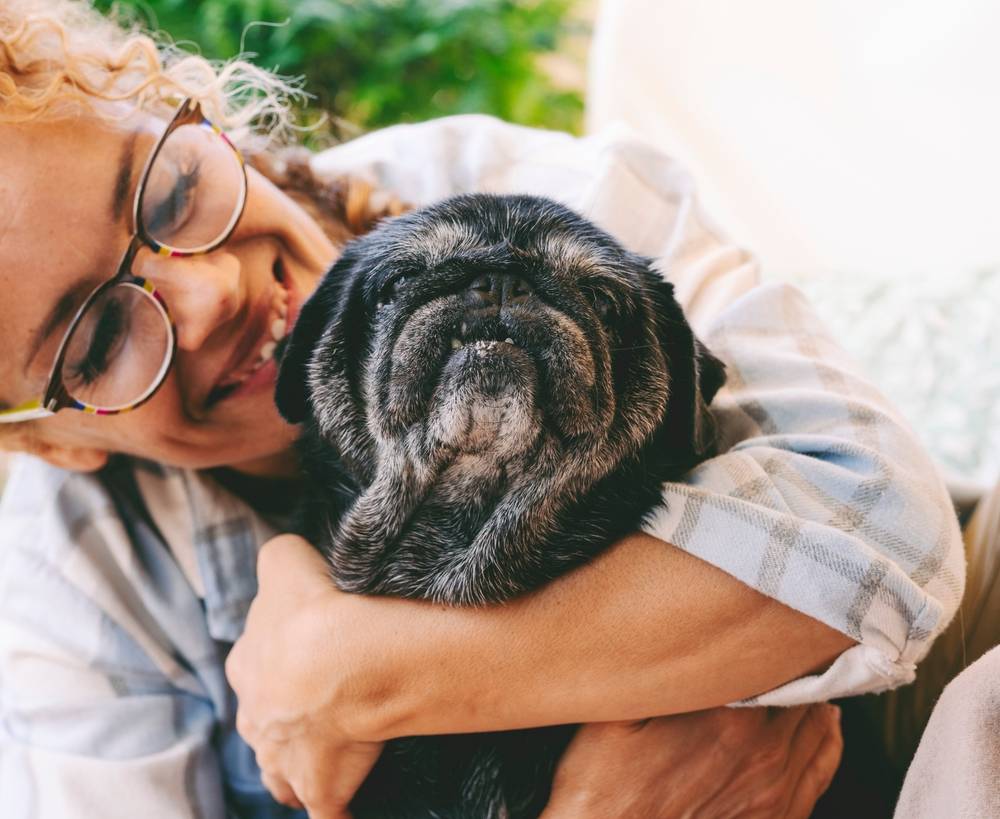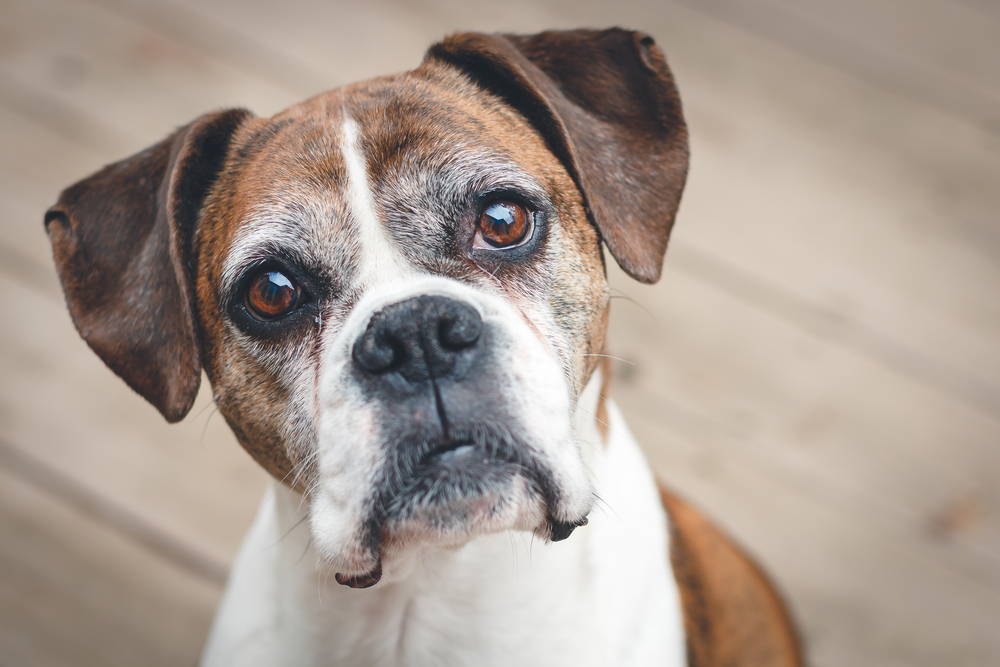
Are you the parent of a senior dog? Maybe you’ve noticed that chasing squirrels has become more challenging for them. Or perhaps in recent months, they’d rather lay at your feet than jump in your lap. What gives?
The canine senior years don’t exactly come with a guidebook, but we’re here to tell you that it’s normal to be unsure about the best way to support your senior pooch. Some new behaviors might even be worrisome enough to keep you up at night––so it’s important to know what to expect as your dog transitions from adult to senior citizen.

Reduced mobility – your once-zoomy dog is now taking his time getting around
Change in appetite – your dog is becoming pickier about what and how much they eat
Weight gain – reduced energy levels mean your pup may be packing on more pounds
Increased allergies – your dog’s reactions to seasonal allergies seem to be more severe
Changes to skin and coat – your dog’s fur is thinning, or their skin is drier than usual
Joint stiffness or pain – running, standing up from lying down, and other physical activities seem to be more painful for your pup
Mental changes – your dog’s mentation, or mental activity, may change as they get older. Some senior dogs experience mental dullness and dementia, which can manifest as increased drowsiness, shaking or trembling, or more time spent sleeping.

Is your dog approaching–or already deep into–their senior years? It’s normal to worry about what could happen as they age, or wonder if you’re doing enough to keep them happy and comfortable. We all struggle with knowing what to do to support our pet’s best health! To start, we have a few suggestions for how to support your senior dog at home.

Sign up for exclusive deals, curated pet tips from veterinarians, and product launches!
Pet Parents are Also Reading...
March, 2023
Related Articles
